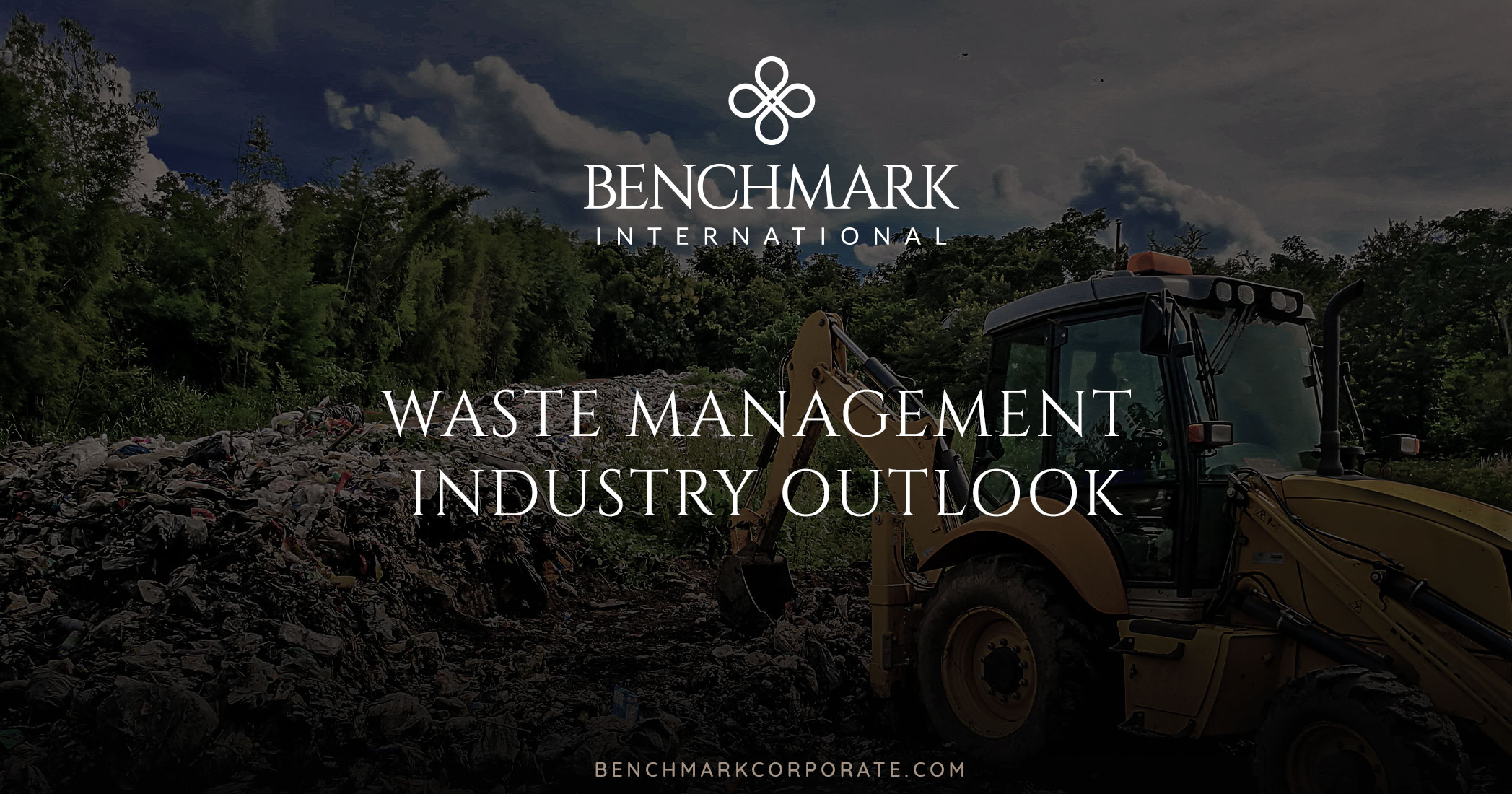The global waste management industry is expected to grow at a compound annual growth rate (CAGR) of 6% leading to 2025, with industry experts anticipating an overall value of $530 billion. An increase in environmental awareness, an increasing population, and a rise in urbanisation are all key to growth in the industry. Furthermore, implementation of stringent government norms towards dumping is anticipated to lead to further growth over the coming years.
Where uncollected waste and dumping are impacting on health directly, this is expected to be another key factor leading to growth in the market. However, a lack of awareness and investment in developing countries is expected to hinder growth inthe industry inthose regions. With that being said, the general consensus is that the positive factors in the industry will exceed any negatives, hence the projected CAGR of 6%. Furthermore, emerging economies in Asia-Pacific, Latin America, Middle East, and Africa are contributing to growth in the industry through the implementation of solid waste management solutions, which will spread awareness in those regions and increase the number of regions developing them in the near future.
Europe is expected to dominate the waste management market share over the coming years, owing to increases in favourable government initiatives, along with high-end technology adoption by management services. However, Asia is the region that is expected to drive the demand for waste management services, due to the presence of densely populated countries such as China and India where an increase in urban penetration is being witnessed. Moreover, as with Europe, government initiatives in the region are expected to increase the demand for waste management services.
Key Industry Factors
- In 1960 the United Nations found that the global urban population was just 34% revealing plenty of potential growth, last year that figure stood at 55%. Furthermore, estimates by the World Health Organization predict the figure to increase by approximately 1.84% every year until 2020, at a rate of about 1.63% per annum from 2020 to 2025, and around 1.44% per annum from 2025 to 2030. Naturally, as the urban population increases, the amount of waste being produced will also increase – in-fact the amount of municipal solid waste (MSW), a crucial by-product of urban lifestyle, is growing at an even higher rate than that of urbanisation.
- The World Bank found that in 2016, the world’s largest cities generated 2 billion tonnes of solid waste, which amounts to a footprint of 0.74 kilograms per person, per day. With rapid global urbanisation, annual waste is expected to increase by 70% from 2016’s figure to 3.4 billion tonnes in 2050.
- Increasing levels of environmental awareness regarding factors such as renewable waste management systems or rising carbon dioxide emissions are expected to lead to further growth opportunities in the industry. Businesses in the industry have been pivotal in ensuring as much MSW as possible is recycled and are conducting programs for non-hazardous industrial waste management to reduce pollution and mitigate environmental hazards. Moreover, untreated waste and dumping affect health directly and indirectly by spreading infectious diseases, thereby boosting the demand for waste management services.
There are plenty of factors that give us reason to be confident about the future of the waste management industry. With no sign of urbanisation slowing down, waste management will continue to be an integral part of the global economy.
 Benchmark International
Benchmark International  Benchmark International
Benchmark International 

